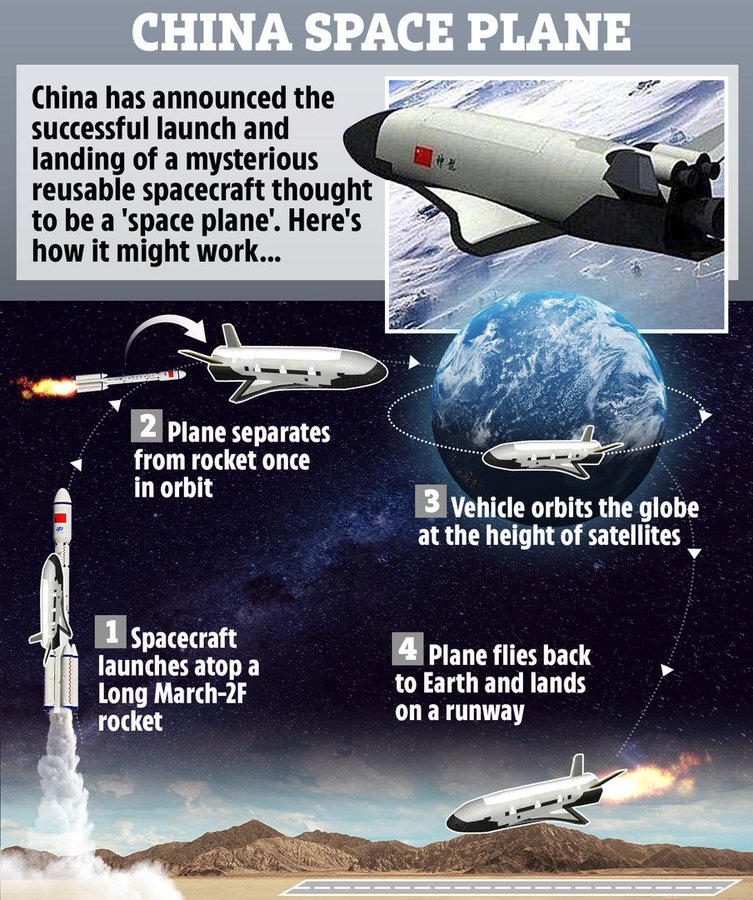The robotic vehicle stayed aloft for 276 days on its second orbital flight.
The second orbital mission of China’s robotic space plane has come to a close. The mysterious reusable vehicle touched (May 8, 2023)down at the Jiuquan Satellite Launch Center in northwest China, wrapping up a 276-day mission to Earth orbit. The success of the experiment marks an important breakthrough in China’s research on reusable spacecraft technologies, which will provide more convenient and affordable round-trip methods for peaceful use of space.
The space plane launched from Jiuquan on Aug. 4, 2022, kicking off a mission short on details but long on intrigue. On Oct. 31, the vehicle ejected something into orbit, possibly a service module or a small satellite designed to monitor the Chinese space plane. Western experts think the vehicle is roughly similar to the U.S. Space Force’s robotic X-37B, which is about 29 feet (8.8 meters) long. The U.S. military is similarly tight-lipped about the X-37B, which has flown six orbital missions to date, the longest of which lasted 909 days.

Other reusable spacecraft or spaceplane projects are under consideration in China. The China Aerospace Science and Industry Corp. (CASIC) is working on its own spaceplane, named Tengyun, while commercial firm Space Transportation last year raised more than $46.3 million for its hypersonic spaceplane plans.
A number of Chinese rocket companies have also created presentations including small spaceplanes launching atop concepts for liquid rockets.
